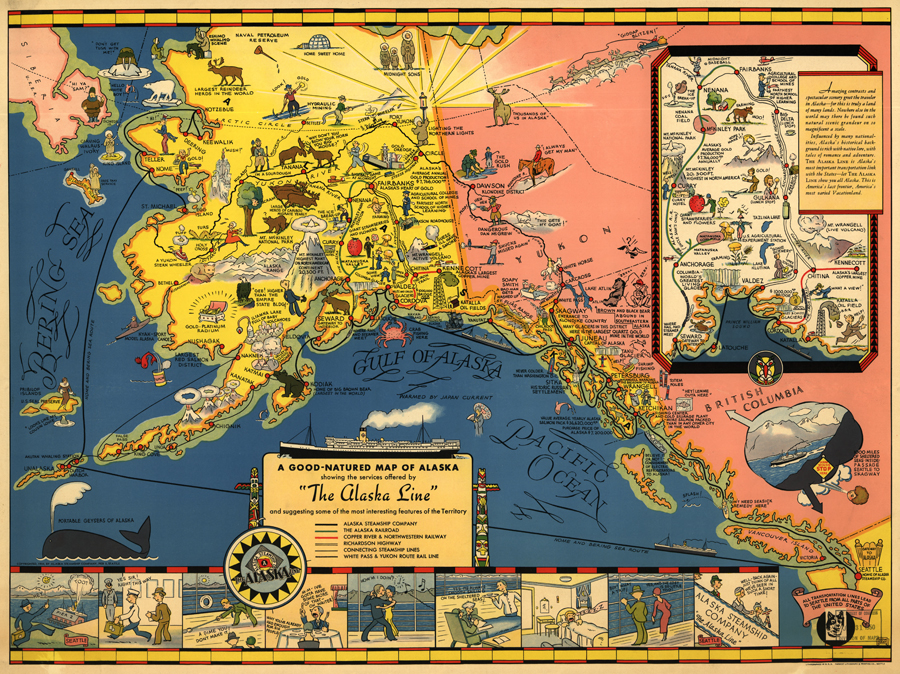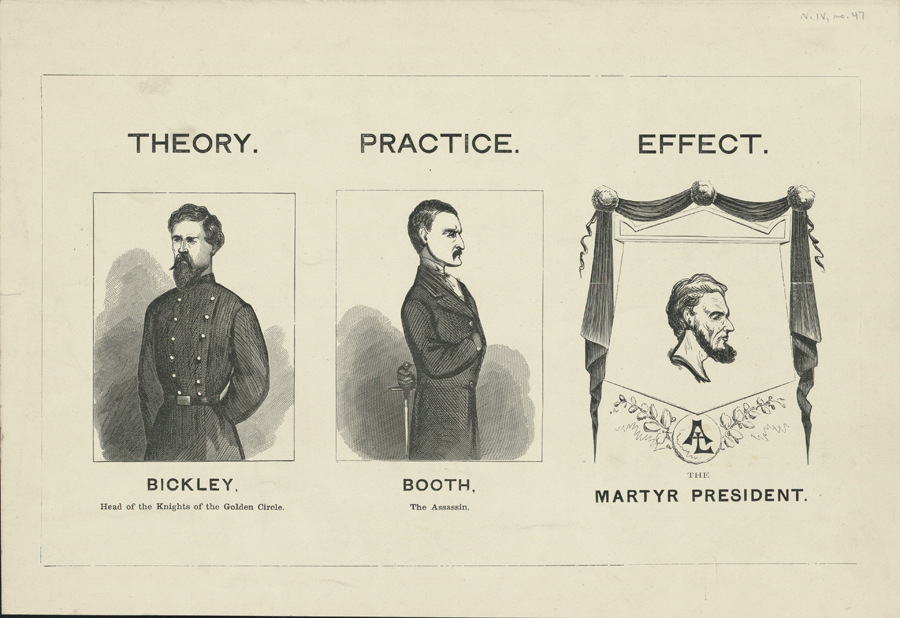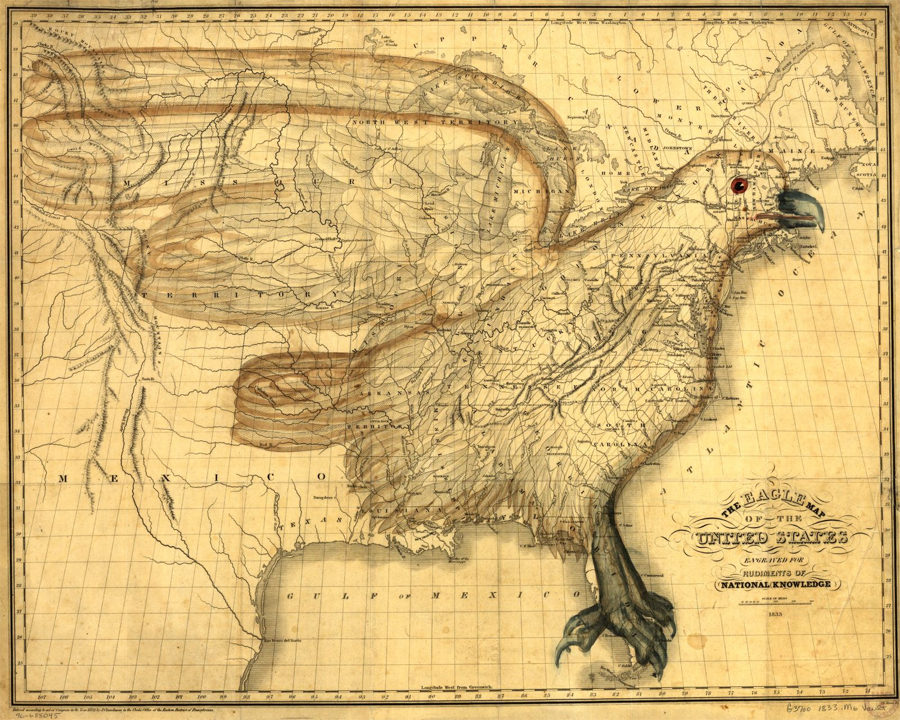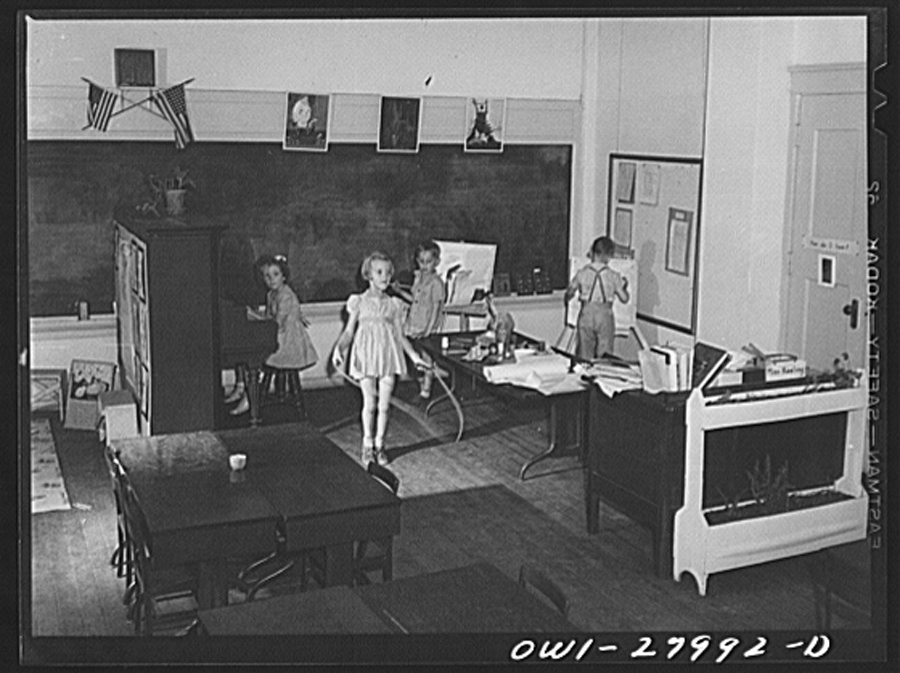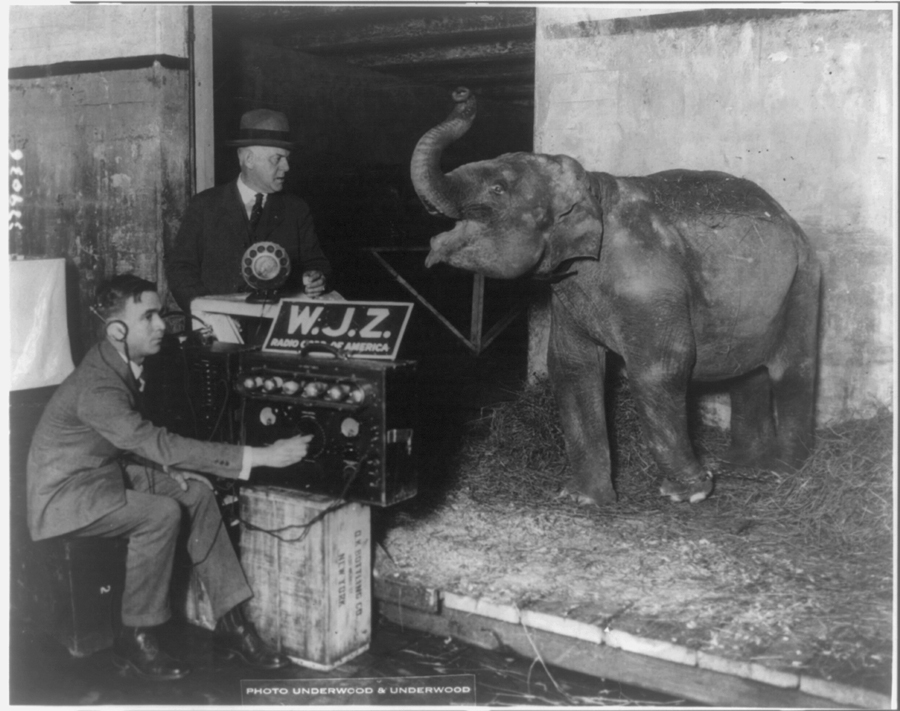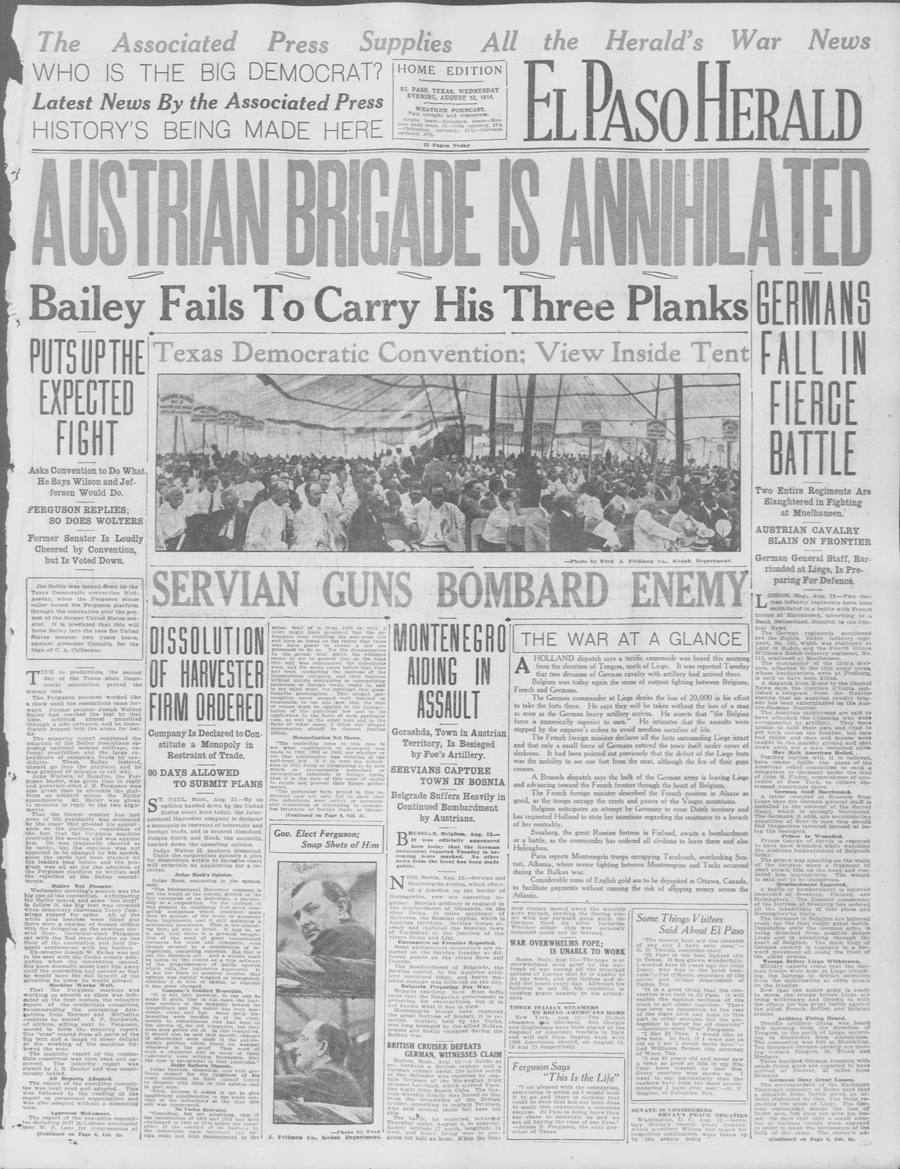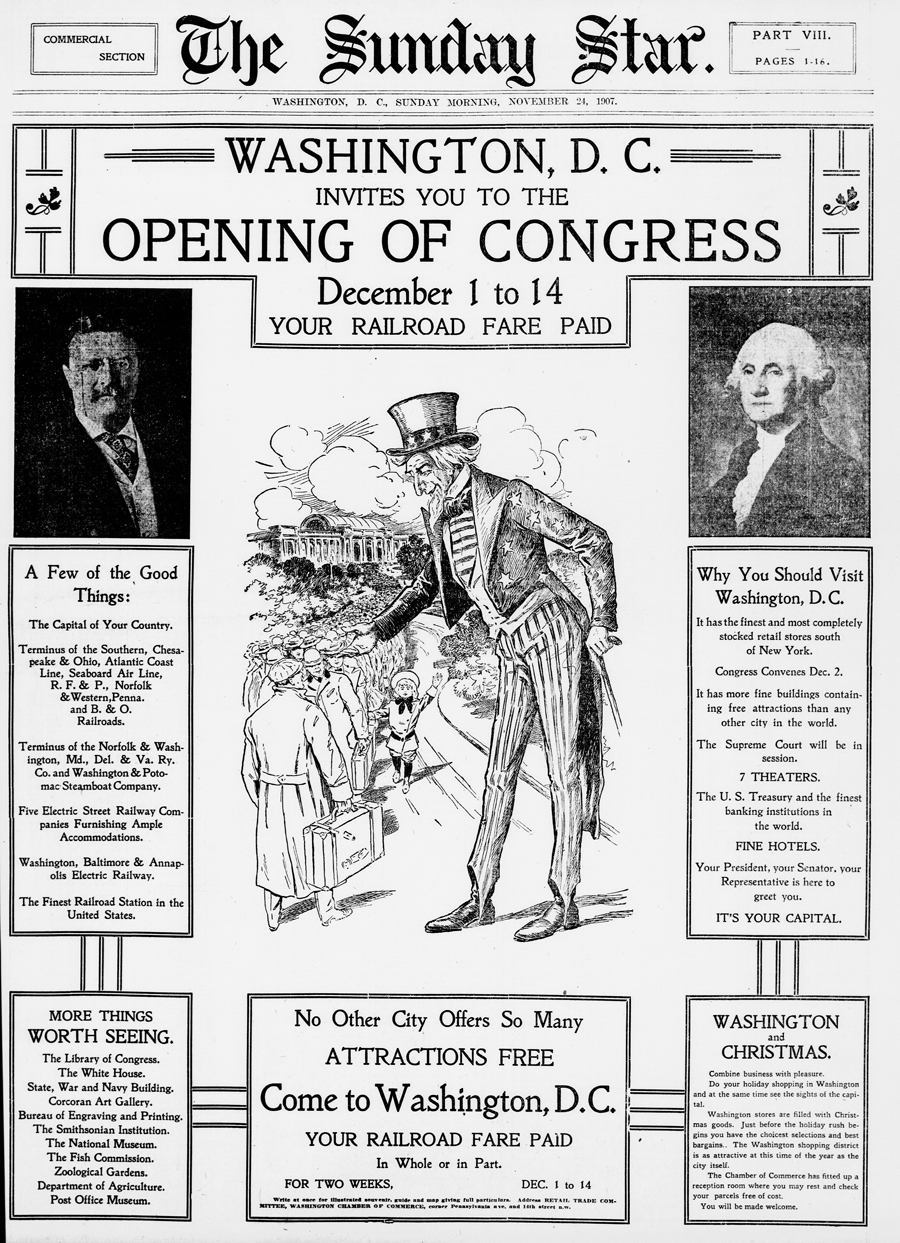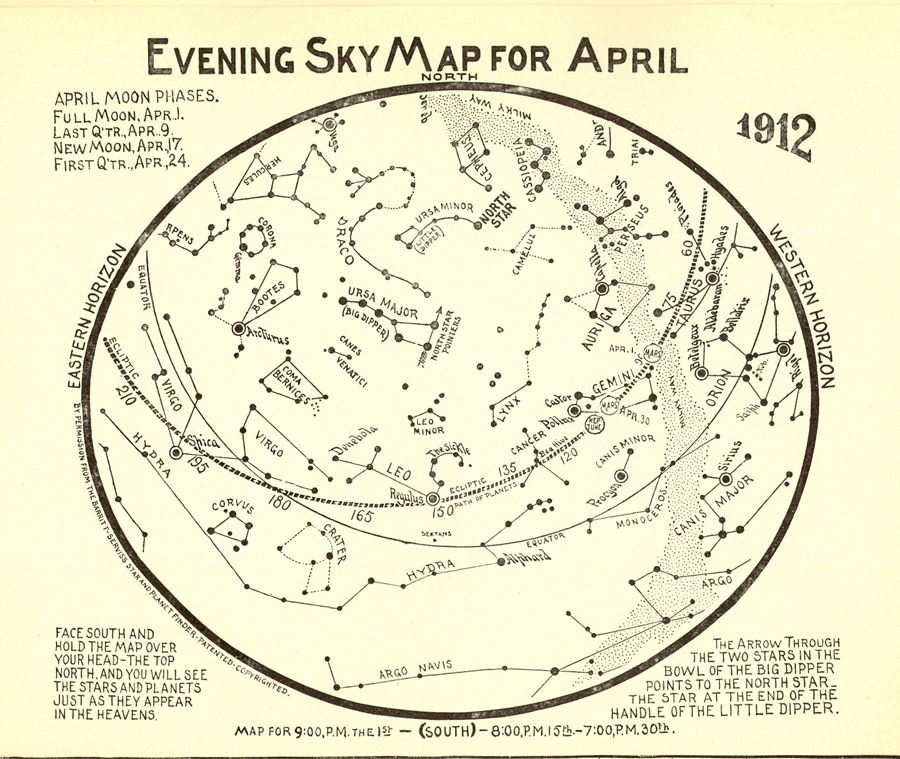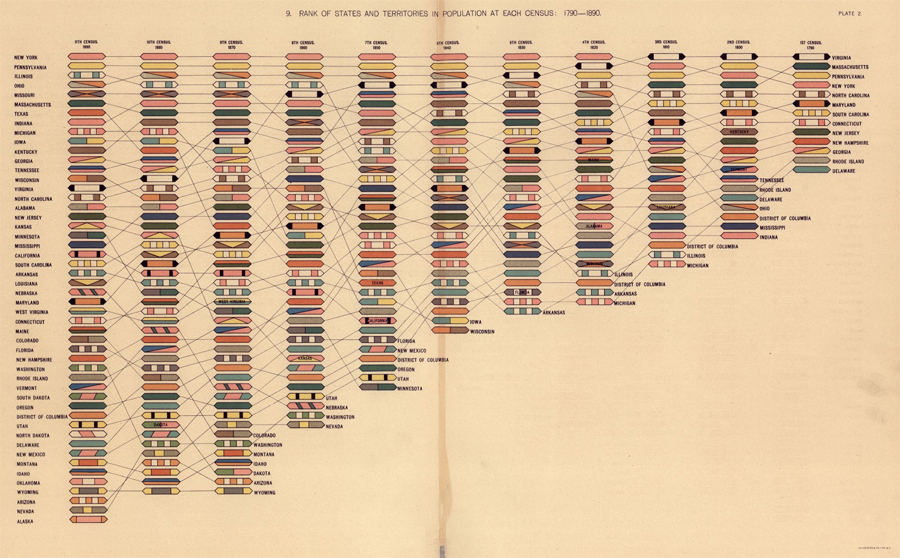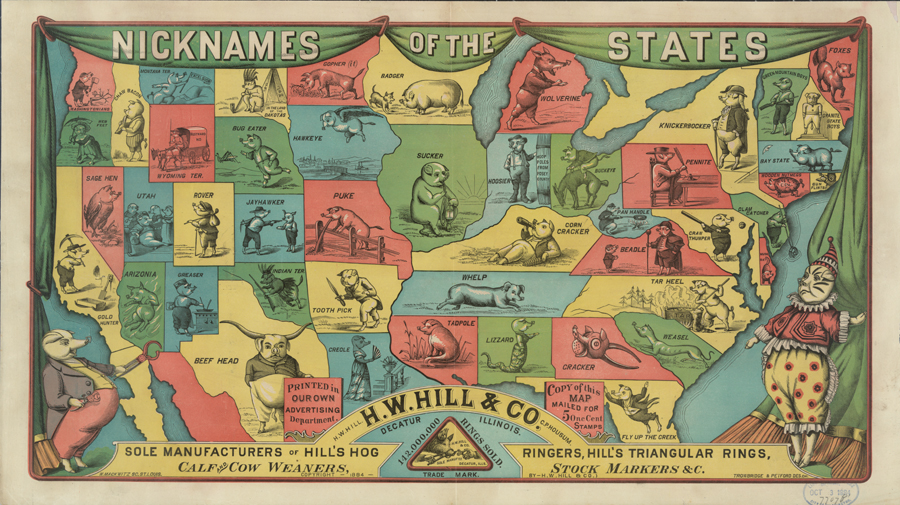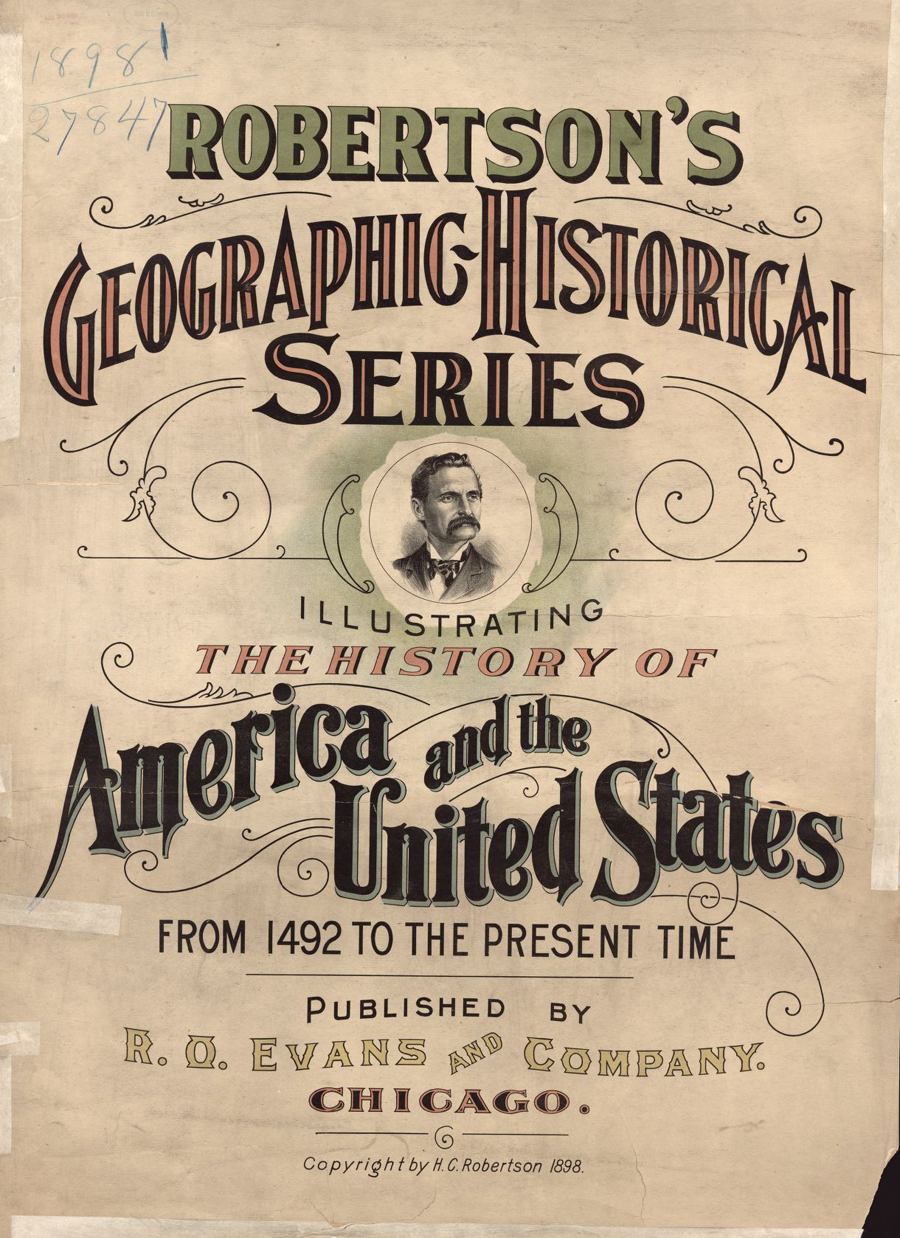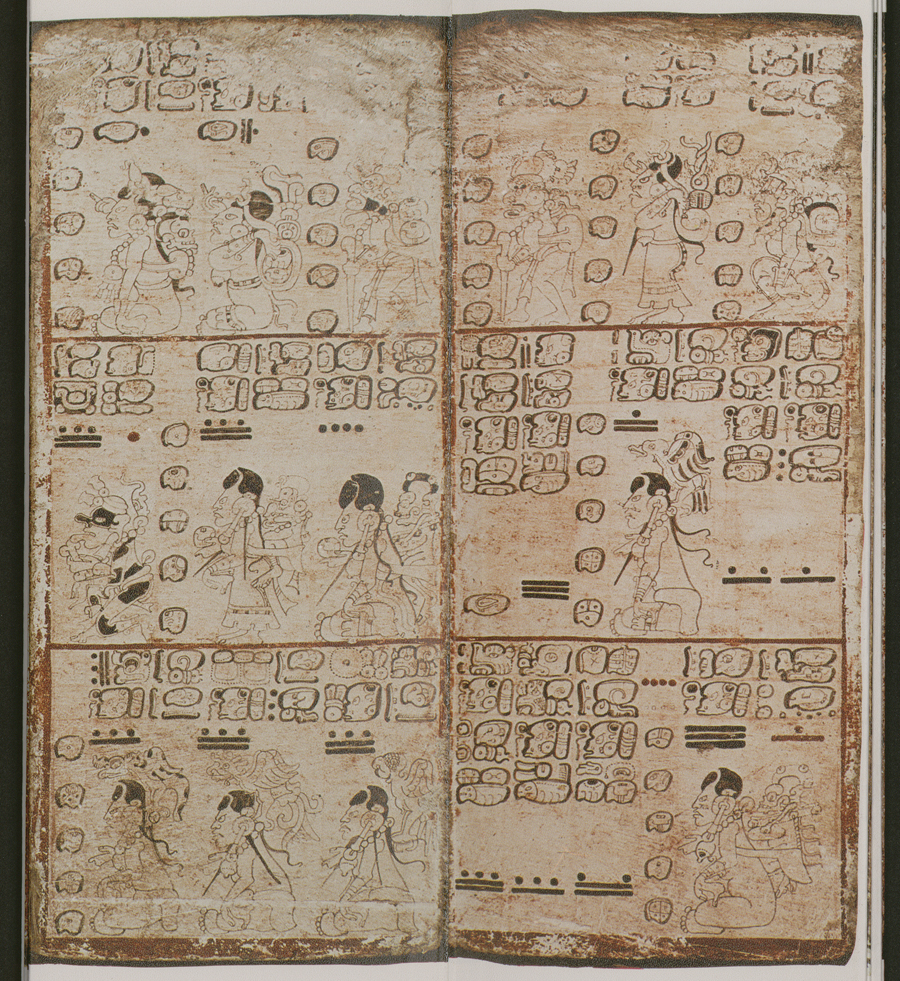Guided Primary Source Analysis: The Alaska Line
For each of the following questions, use specific details from the map to support your conclusions (zoom into this map online or download a larger image). Who created this map? How do you know? Why do you think this map was created? Who do you think the audience might have been when it was published…

